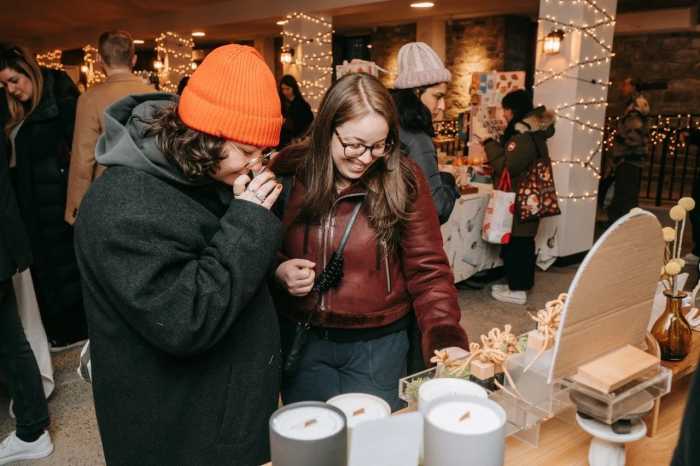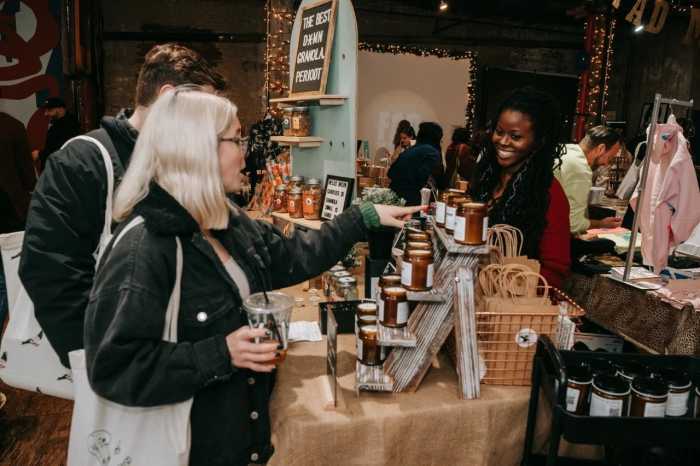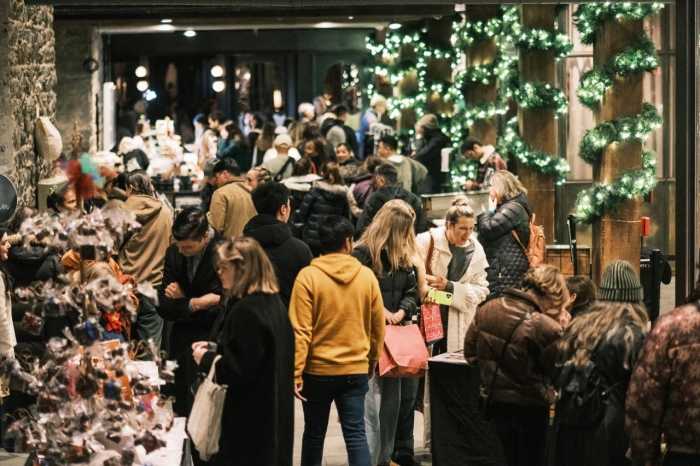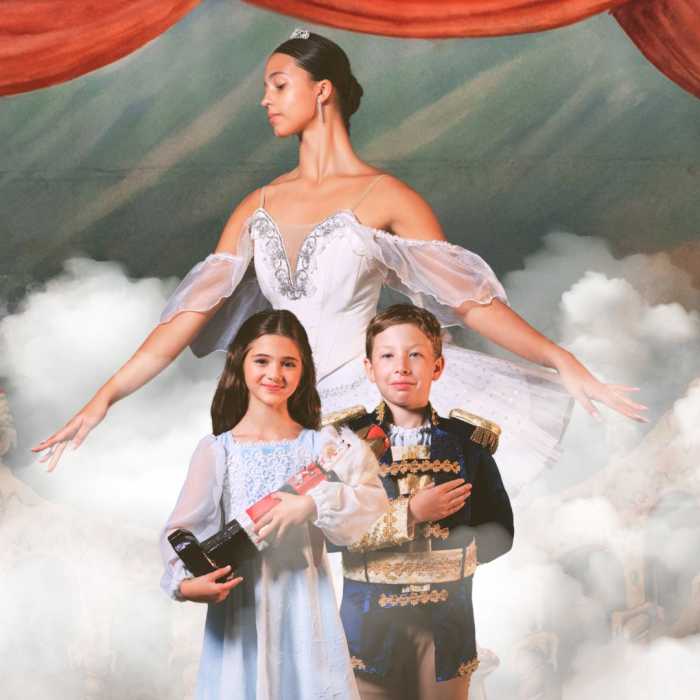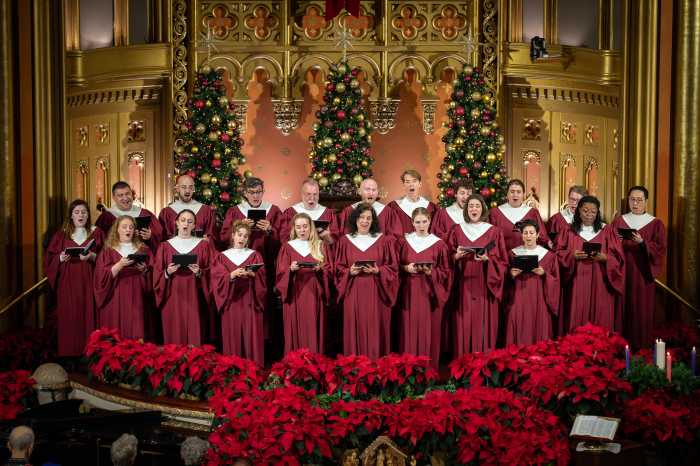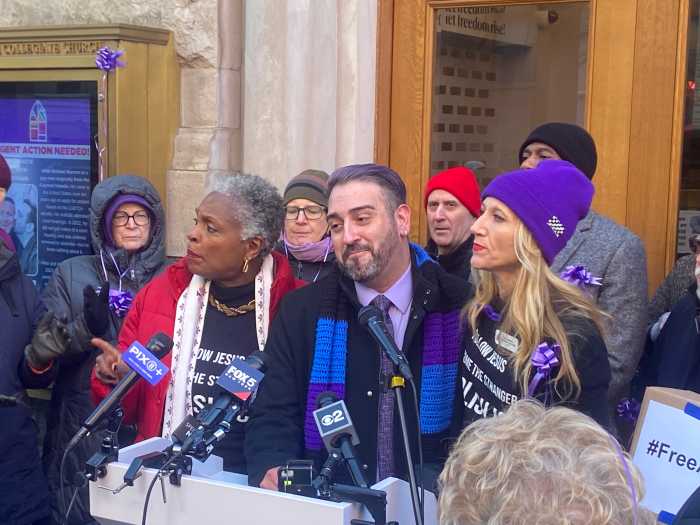Some prodigies flash and fade. Autumn de Forest never learned to dim. She stepped into the studio at six and never stopped, maturing her vocabulary across mediums the way a concert pianist expands a repertoire—methodically, ravenously, with a taste for risk. She’s the rare early phenomenon who grew her gifts into a durable practice: canvases that breathe, techniques that feel both invented and inevitable, and a throughline of sincerity sharp enough to cut through the noise.
What marks de Forest now isn’t precocity; it’s mastery in motion. By eight, she’d already stunned a room—$100,000 in works snapped up in 16 minutes—and the labels followed: “artistic genius,” “advanced child prodigy.” Those headlines are footnotes to the real story: a maker steadily widening her range. Her toolbox includes both classic and self-devised methods (“pull painting,” wire-dragged across the surface; “wind painting,” air-compressor and diluted acrylics) and a visual language that toggles from pop-bright bravado to devotional hush without losing pitch.

The résumé is formidable because the work is. In 2015, the Vatican honored de Forest with the International Giuseppe Sciacca Award for Painting and Art—recognition explicitly tied to her artistic aptitude and humanitarian efforts; she subsequently presented four works to Pope Francis. The following year, she became the youngest artist to hold a solo exhibition at the Butler Institute of American Art, a museum show extended due to demand. These are not novelties; they are institutional votes of confidence.
Her cultural footprint has only widened. Teen Vogue named her to “21 Under 21,” the New York Observer flagged her as a style-forward creative to watch, and mainstream media—from Today to Forbes—has tracked her ascent. Independent coverage has noted real market traction as well: by her mid-teens, sales measured in the millions, and her collector base stretched far beyond the curiosity of youth. If you care about provenance and momentum, those are signals worth reading.
Equally compelling is the ethic beneath the shine. De Forest’s long partnership with Turnaround Arts—an initiative launched by the President’s Committee on the Arts and the Humanities—has taken her into classrooms where she treats creativity as a civic tool: instruction as healing, image-making as agency. The same seriousness shows up in spiritually inflected works and commemorative projects; beauty here isn’t evasive, it’s a way through.

All of this arrives in SoHo with the voltage of a live wire. Park West’s New York gallery has been spotlighting her most recent work—an arc that pairs technical invention with an increasingly resonant narrative spine. It’s the right context: a space that brings museum-grade curation into the quicksilver of downtown, where collectors can feel the hum up close.
What makes Autumn a Smart Acquistion?
- Institutional validation: Vatican recognition; youngest solo show at the Butler Institute. These are durable markers in an artist’s early canon.
- Technique + signature: Distinct, named processes (“pull,” “wind”) that produce immediately identifiable surfaces—rarity with receipts.
- Market + media momentum: Multi-million-dollar sales by her teens; sustained national coverage; cross-generational collector interest.
- Mission-forward practice: Documented education and outreach through Turnaround Arts; a studio ethos that reads as future-proof.
Opening-Night Exhibition & Live Auction with the Artist
Thursday, September 18 • Park West Gallery SoHo
Address: 411 W Broadway, New York, NY 10012.
RSVP (required): soho@parkwestgallery.com
(If you need assistance acquiring works or arranging a preview, you can also reach the sales desk at sales@parkwestgallery.com or 1-800-521-9654 (option 4).)
Come for the spark; stay for the crescendo. Meet Autumn, see the new works under clean light, and let the surface do the dangerous, necessary thing—speak directly to your nerve endings. If you collect with your head and your pulse, this is one of those nights that clarifies both.








